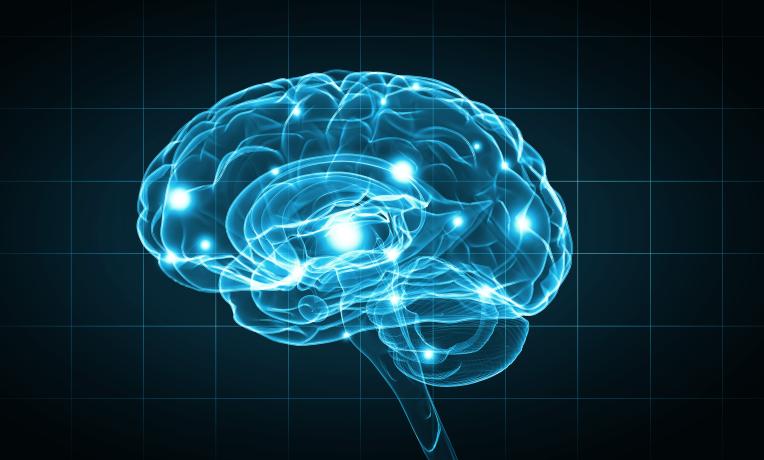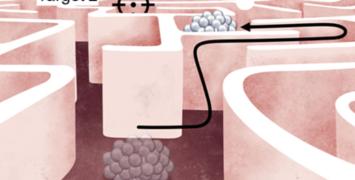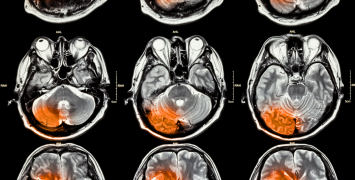How did human brains get so large?
The human brain is a remarkable organ, but how did it evolve to give us such unprecedented cognitive abilities? ERC grantee Pierre Vanderhaeghen and his team from ULB, VIB-KU Leuven turned to the genome for answers: a specific set of genes, found only in humans, could play a determinant role on the size of our brain. Published today in Cell, Vanderhaeghen's EU-funded research helps to unlock the secrets of human evolution.

Over the last million years of evolution, our brain underwent a considerable increase in size and complexity, resulting in the exceptional cognitive abilities of the human species. This brain enlargement is largely due to an increase in the number of neurons in the cerebral cortex, the outer part of the brain. Since we share about 99% of our genome with that of our closest living relative, the chimpanzee, it has remained a daunting task for scientists to identify which human-specific gene changes may underlie the unique aspects of human brain evolution.
From ancestral to novel genes through duplication
One of the drivers of evolution is the emergence of novel genes through duplication: an ancestral gene is duplicated and the copy evolves into a related, so-called “paralog” gene. Pierre Vanderhaeghen and his team were particularly interested in duplicated genes that arose specifically in the lineage common to humans and great apes. “Developmental biologists usually look at changes in the regulation of genes to explain evolutionary differences, and not so much at genes themselves, since we share so many of our genes even with simple organisms such as worms. But gene duplication can lead to novel genes in a species, which could contribute to the rapid emergence of human-specific traits, like the increased size of the brain’s cortex”, explains Vanderhaeghen.
Several dozens of ‘human-specific’ genes have been found in the human genome, but their role has often remained unknown. Many of these genes are thought to be non-functional or redundant and are not even appropriately annotated in genome databases.
Digging in the dark matter of the human genome
Searching for human-specific genes involved in brain development proved challenging. One of the main difficulties is distinguishing the expression of ancestral genes, present in all species, and human-specific genes as they are extremely similar. The team of researchers used tailored RNA sequencing to detect human-specific genes and thus identified a whole repertoire of duplicated genes that are involved in the development of the cerebral cortex in humans.
Among these, they focused on Notch2NL genes, recently evolved genes found only in human genome, but derived from ancient Notch genes. The Notch genes control an evolutionary old intercellular signalling mechanism that plays a key role in development, including that of the brain. Given the importance of the Notch pathway during neurogenesis, Pierre Vanderhaeghen and his team hypothesized that NOTCH2NL genes could act as species-specific regulators of brain size. Remarkably they found that Notch2NL can expand human cortical stem cells and thereby increase the number of cortical neurons.
Researching brain development disorders
Reason for this hypothesis is also the location of these genes: on the first chromosome, in a region that had previously been linked to disease-related changes in brain size, such as micro and macrocephaly. American scientists led by David Haussler analysed DNA of patients with these conditions and concluded that, indeed, origin of these conditions corresponds with the region where NOTCH2NL genes are located.
“Taken together, our study and that of our colleagues in the US, point to a selective repertoire of human-specific gene duplications that may act as key controllers of human brain size and function: fewer copies of NOTCH2NL would lead to reduced brain size, while more copies would lead to an increase in brain size. Intriguingly, the same region in the genome holds several other human-specific genes with unknown function. It will be interesting to see if they control other aspects of human brain development'', concludes Vanderhaeghen.
Today's findings further unravel the mysteries of human evolution, with important implications also for the better understanding of human brain diseases.






